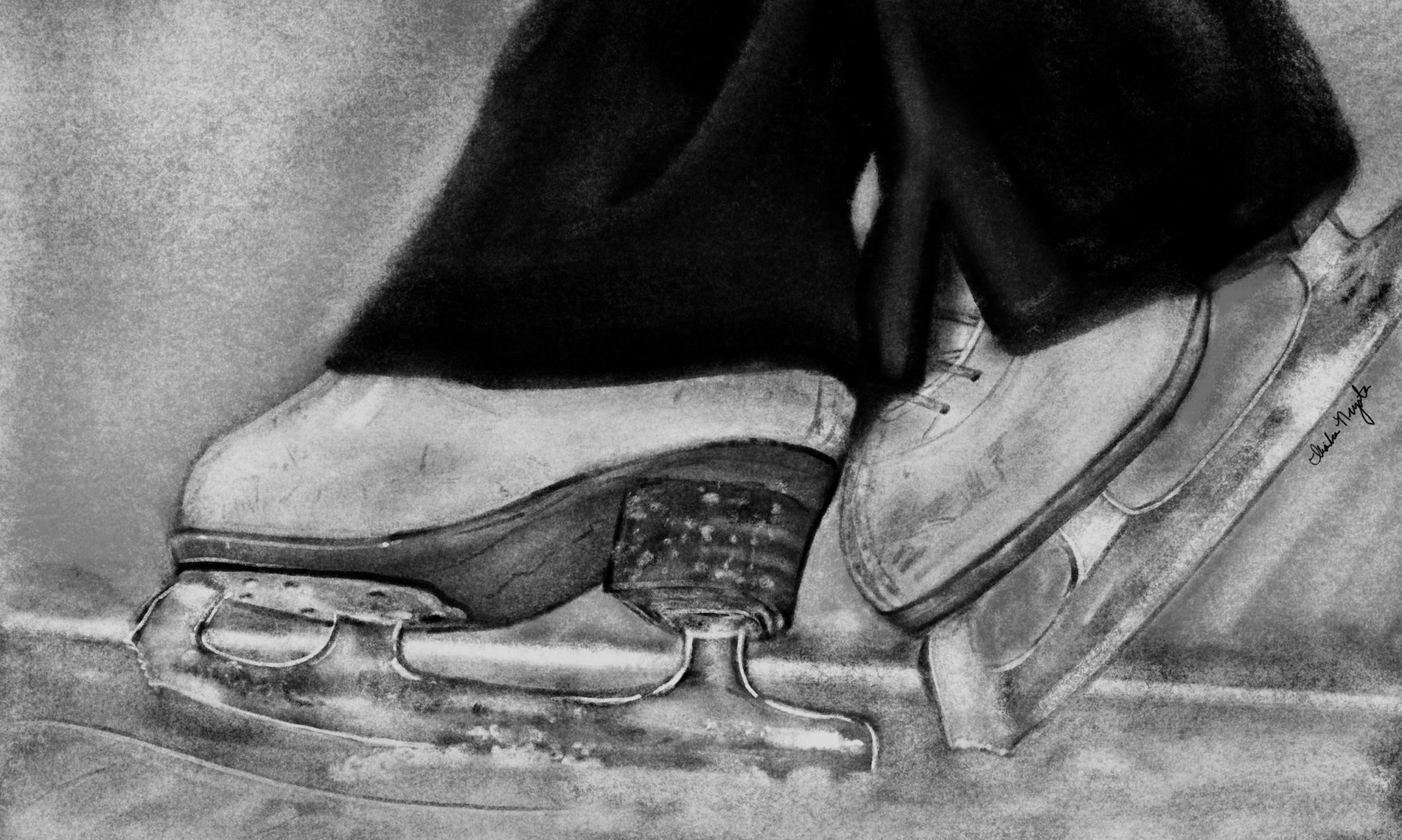Many parents become concerned, even upset when their child stops making progress, or seems to regress in skills. Skaters are frustrated and angry because they can’t seem to land the jump like before, and life can be difficult to say the least.
Before you start questioning your coach’s competence or blaming it on your child’s work ethic, please read this.
There are many causes for short-term plateaus or regressions in skill, and most of them are not reasons for panic. In my long experience working with skaters and as a parent of a skater, the number one most common cause is Growth Spurts.
Skating is an incredibly technical sport, one that you need to practice year round to build and maintain skills. Gymnastics is another technical sport. They differ from sports like football or hockey whose players are able to take time off or cross train during the off-season and resume playing the next year without significant skill loss.
Competitive Figure Skating is a sport that is learned and mastered for the most part while children are young and still growing.
Skating is a sport of millimeters and hundredths of a second timing, especially for jumps. Any amount of growth in any direction throw a skater’s jumps off.
Rotation in a jump or spin can be explained by physics. The closer into the vertical axis you can bring your body, the faster you rotate.
Try this fun experiment.
Sit on an office chair that can swivel, and start to rotate around and around. Once you get that going, extend your arms straight out to the side–pull them in–then out again and observe what happens. You will find that can regulate your speed by bending and extending your arms.
An average skater who jumps 2 feet into the air has 0.7 seconds to complete their rotations before landing. So, imagine you were able to accelerate that spin on the office chair to rotate two or three times in 0.7 of a second.
Now, add clothespins to each of your fingers to simulate growth of arms in a skater and repeat the exercise above.
If you could figure out how to stay on the chair at the fast speed of rotation with nothing on your fingers, you would find that adding a tiny bit of length to your arms (clothespins) would necessitate some practice before you were able to get used to and master the skill again.
What a Skater Does:
Now, do this standing up on a 1/8 inch of steel, and add in your legs, which have also grown (remember you need to cross them and check them out), and the muscles which have stretched and are slightly weaker and…I hope you get the idea.
Be patient. Focus on what you can control. Growth is something that you and your skater cannot control. Yelling at them or their coach will not change this fact. I remember a period of time when my son would have to learn all of his jumps again each Monday because he grew over the weekend. I kid you not, this happened for a couple of months at least.
He was already frustrated. Yelling at him or his coach would not have solved anything. We just had to wait it out, until his growth slowed down and/or he got used to his new body.
 Keep in mind that even subtle growth can cause a disruption in the body’s ability to execute a skill. We are talking about tenths of a second! Growth happens at all ages, speeds, and in all directions; Up, out, upper body, lower body, feet, head, shoulders, and around.
Keep in mind that even subtle growth can cause a disruption in the body’s ability to execute a skill. We are talking about tenths of a second! Growth happens at all ages, speeds, and in all directions; Up, out, upper body, lower body, feet, head, shoulders, and around.
Research and common sense has shown that we learn best when we are happy, calm, and relaxed rather than stressed, worried and tense. Your child will have an easier time re-capturing their skills if they are in a calm and expectant mood.
“Put your oxygen mask on first, then assist others…”
Number one: Adjust your attitude. This is no one’s fault. It is a natural process. Focus on what you can control. Give extra support and reassurance to your skater during these hard times. Communicate to their coach what is happening and how your child likes to be supported when going through rough times.
Number two: Talk with your skater help them to understand that this is a normal process that will happen over and over until they stop growing (which probably means throughout their skating career). Teach them how to be patient. Model patience yourself.
So the next time, out of the blue, if your child looks awkward on a skill they had almost mastered, before you push the panic button–ask yourself:
Have they grown?
This one question can often help you avoid unnecessary stress and frustration for your child and yourself.
Growing is an inevitable part of skating. It is a reason, not an excuse. Success and longevity in the sport demands patience.
Skating is a marathon…not a sprint!
If you found this article helpful, check out this free resource to build confidence: Bust Confidence Myths!
Revised 3/17.
